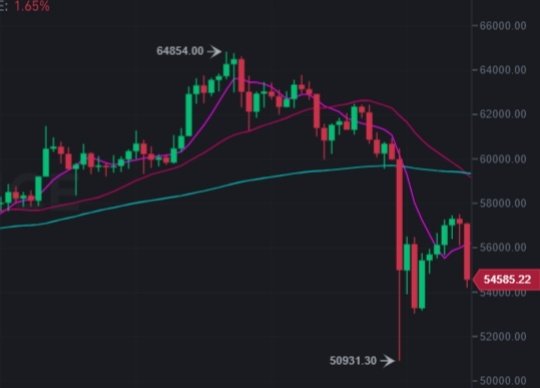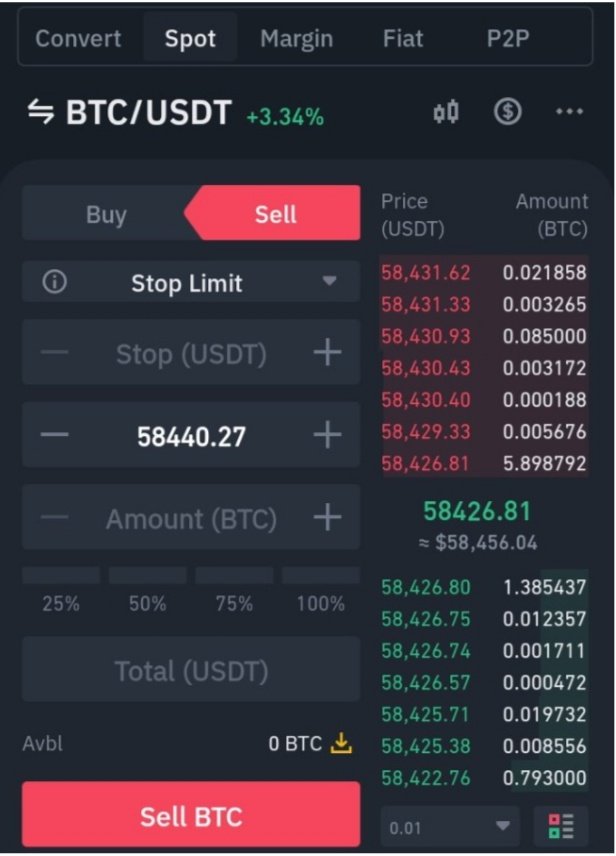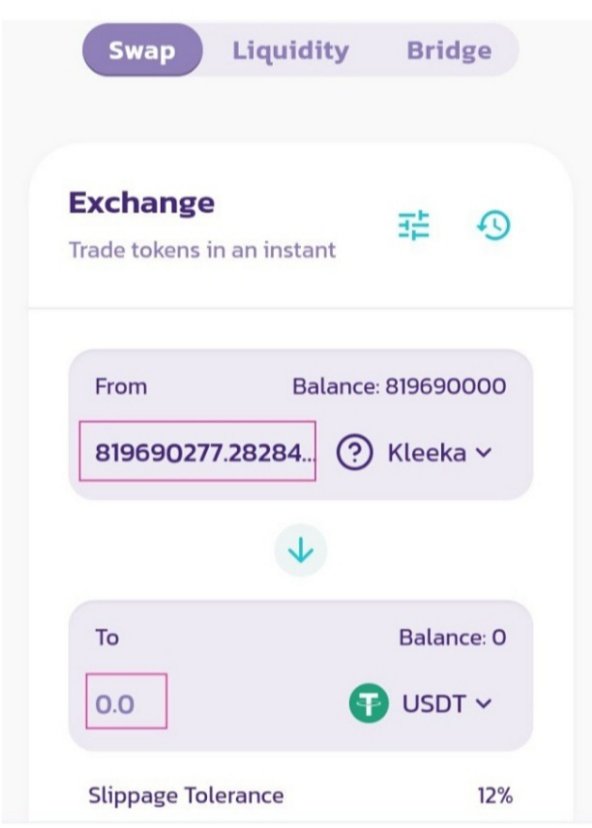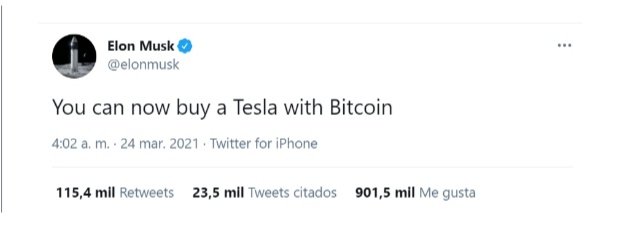Steemit Crypto Academy Week 12: Homework Post for Crypto professor @fendit
Greetings, Steemians. It's another fantastic opportunity to learn at the Steemit crypto academy, and this time I heard from crypto professor @fendit as she addressed the subject "Don't get lost in the fuzz." The lecture has a mission attached to it, which I will complete.
Question number one: Put yourself in the following circumstance: You purchased BTC at a price of USDT 62K a few days ago. Suddenly, you become aware of the following situation:

Before reading this lecture, this is what I would have done in the case described above.
With my limited experience in the cryptosphere, I would have waited until the price behaviour was more certain before making a decision. I don't want to be a panic seller, so if I buy the asset at 62,000 USDT per Bitcoin, I will wait for a short period of time to see if the price is going down or if it is likely to rise again. If the price drops below 60,000 USDT per Bitcoin, I'll sell it, and if I'll be gone for an extended period of time, I'll set a stop loss to protect myself from a large loss.
The letter A (ii). What I'm going to do now that I've finished listening to this lecture
This lecture has clarified the precautions that I need to take in order to be safe in my trades, and the stop loss function, of course, is an important one to consider. Given that I wasn't planning on staying away for longer hours but got caught up, and was unable to keep track of the price behaviour of my asset, and the market went down before I realised it, that would be a huge loss on my part, and to avoid that, I'll have to use the stop loss on my trading as taught in this lecture to avoid a large loss and wait for a time when the market is bullish and buy.

Question B:
Tell us about your own trading missteps:
B(i.) A costly trading blunder I've made
I've made a notable mistake in my brief time in the cryptospace, and I'll be sharing the storey here. I recently purchased a token called Kleeka Token, which is part of the DOGECOIN family and was believed to be capable of achieving the same goal as DOGE crypto. This type of token appears to be promising, and FOMO (Fear Of Missing Out) set in, prompting me to buy the token with 12 USDT in the hopes of profiting from a huge increase.
I was expecting big gains, but the opposite has happened in my case; Kleeka token has plummeted in value in just one day, and the token that was originally purchased for 12 USDT is now only worth 0.01 USDT. If I had entered the trade with a large sum of money, my loss could have been catastrophic. Below is a screenshot of the current value of my Kleeka token as seen on pancakeswap.finance, where it was purchased.

B. (i.i.) What I've discovered as a result of my previous blunder
The blunder I made earlier has taught me some valuable lessons. The first thing to notice is that I chose a token type called Shitcoin, which is highly volatile and a risky investment. The lesson learned from this mistake is that before purchasing any crypto, I must conduct proper fundamental analysis to familiarise myself with the token issuer, read their whitepaper to understand the project's goals, and review the company's financial records before making a decision.
B. (ii.) Which of the techniques covered in this class do you think would be the most beneficial to you? What is the reasoning behind this?
In all of the tactics discussed in the lecture, the one that has worked well for me is to never spend money that you are unwilling to lose. What is the reason for this? I discovered that this unique technique is best for me because I am unconcerned about the outcome of a cryptocurrency exchange. One example of such a tactic is the one I used in my trade error highlight at the start of this lecture, where I spent just 12 USDT and could hardly care less about the result because I had entered the trade with a sum that wouldn't shake me too much. In a nutshell, I like the plan and I think it's a smart one regardless of whether it wins or loses.
Question C:

Before reading this lecture, I thought about what I would do if I were in this situation.
In my experience, if a situation like the one described above occurs, Bitcoin's price tends to increase, which is typically a good thing. I would spend a risk capital that would not impact my total capital if the trade went wrong before reading this lecture. In summary, I will spend an amount that I am willing to risk if anything goes wrong, with no stop loss in place at first because I expect the price of Bitcoin to continue to rise in such a situation.
The letter C (ii.) What I'd do if I were in your shoes after listening to this lecture
After reading this lecture, I will continue to follow the strategy of "Never spend what you can't afford to lose," i.e., investing the smallest amount of money that will not affect me financially if the trade goes wrong, and this time, I will take my stop loss seriously. This will allow me to set up a good stop loss to limit my losses when I'm away.
Conclusion
Traders should be confident in their trading strategies and implement the requisite stop loss steps to make safe investments and prevent large losses in the crypto market, which can be volatile at any time.
Regards; Cc: @fendit
Disregarded as it's content farming
You copied someone else's work, in this case it was from @temitopef
https://steemit.com/hive-108451/@temitopef/steemit-crypto-academy-week-12-homework-post-for-crypto-professor-fendit-or-don-t-get-lost-in-the-fuzz